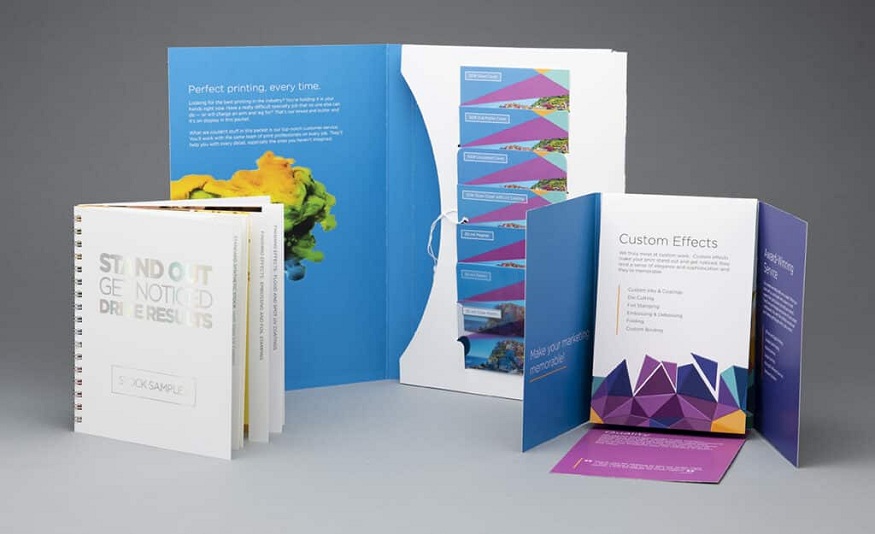With the introduction of Desktop Publishing (DTP), the world of publishing and printing has experienced a significant revolution. DTP has evolved as a game-changing technology in the digital age, revolutionizing how we create and present printed material. DTP has transformed the aesthetics, readability, and cost-efficiency of printed goods.
This article examines the significance of DTP, its evolution, and its numerous advantages. It will look at the tools and software that enable DTP, its various uses across industries and the issues it offers. Furthermore, it will look at DTP’s promising future, with case studies highlighting its real-world influence.
Evolution of Printing and Publishing
The progression of printing and publishing from traditional craftsmanship to the digital age is a fascinating journey. Hand-copying and moveable type printing were historically labor-intensive technologies. The industry, however, experienced a seismic upheaval with the introduction of Desktop Publishing (DTP).
DTP established a quick and effective method of developing and formatting content, allowing for previously unthinkable sophisticated designs and layouts. This changeover marks a watershed moment in publishing history, paving the way for a digital revolution that has reshaped how printed products are produced and displayed.
The Numerous Benefits of Desktop Publishing at a Quick Glance
Desktop Publishing (DTP) provides numerous advantages that considerably improve the display of printed material:
Improved Aesthetics
DTP solutions are a cornerstone in the domain of improving the appearance of printed goods. These services, which include a diverse range of fonts, brilliant colour schemes, and the seamless integration of high-resolution photos and graphics, are critical in generating visually appealing layouts.
DTP ensures a polished and professional appearance with precise positioning and alignment, making brochures, periodicals, advertising, and other printed content visually appealing and engaging. DTP services pay attention to detail and elevate printed material from the banal to the remarkable, making a lasting impression on the audience.
Enhanced Readability
Its improved readability distinguishes Desktop Publishing (DTP). Text flow, spacing, and alignment can all be precisely controlled with DTP. It lets designers choose legible typefaces and suitable line spacing, ensuring the audience understands the material.
This thorough focus on readability in DTP improves the user experience, making printed documents more accessible and entertaining, whether they are books, reports, or marketing brochures.
High-Quality Graphics
High-quality graphics distinguish Desktop Publishing (DTP). DTP software makes it easier to include sharp, high-resolution images and graphics in printed goods. This skill ensures that sights are not only colorful but also clear and detailed.
DTP’s ability to exhibit high-quality graphics increases the overall visual appeal and impact of the content, catching the audience’s attention and successfully conveying information, whether it’s photos in magazines, marketing materials, or other print media.
The Crucial Role of Desktop Publishing in Various Industries
Desktop Publishing (DTP) is used in a variety of businesses, each of which benefits from its specific capabilities:
Publishing
Desktop Publishing (DTP) is a transformational force in the publishing industry. DTP makes it easier to create visually appealing books and magazines by providing fine layout control, various typefaces, and the incorporation of high-quality graphics.
Whether it’s the design of a best-selling novel or a glossy fashion magazine, DTP is critical to ensuring that the outcome is aesthetically beautiful and exciting. It contributes to the success of publications of all kinds.
Marketing and Advertising
Desktop Publishing (DTP) plays a critical role in marketing and advertising. Professionals can use DTP to generate visually appealing content by combining creative design services with accuracy and effectiveness. It enables the seamless integration of high-resolution photographs and graphics, guaranteeing that marketing collateral efficiently captures the audience’s attention.
The accuracy of DTP layout and alignment ensures that advertisements are not only eye-catching but also convey the required message. This dynamic interplay of creative design and DTP ensures that marketing initiatives are successful.
Education
Desktop Publishing (DTP) is a game changer in education. DTP gives educators and content developers the tools to create compelling and informative materials. It adds interactive elements, multimedia, and visually appealing layouts to standard textbooks, making learning more dynamic and accessible.
DTP’s ability to provide interactive content, quizzes, and evaluations benefits e-learning modules and online courses. DTP transforms instructional resources, increasing the learning experience and improving comprehension for students of all ages, whether in a traditional or virtual classroom.
The Conclusion
Finally, Desktop Publishing (DTP) has evolved as a powerful technology that improves the display of printed content in various businesses. It improves aesthetics, readability, and cost-effectiveness while encouraging efficiency, flexibility, and worldwide accessibility. The progress of desktop publishing continues to impact how we create and consume content, offering an exciting future of visually engaging, informative, and environmentally sustainable printed goods.
You may also like
-
Why Wooden Pallets Are Still the Most Popular Choice for Logistics
-
Choosing the Right Pallet for Export: Plastic vs Wooden Pallets
-
Avoid These Common Mistakes with Corporate Event Invitations
-
The Benefits of Working with a One-Stop Online Engineering Plastics Supplier
-
Comprehensive Warehouse Equipment Solutions for Your Industry

